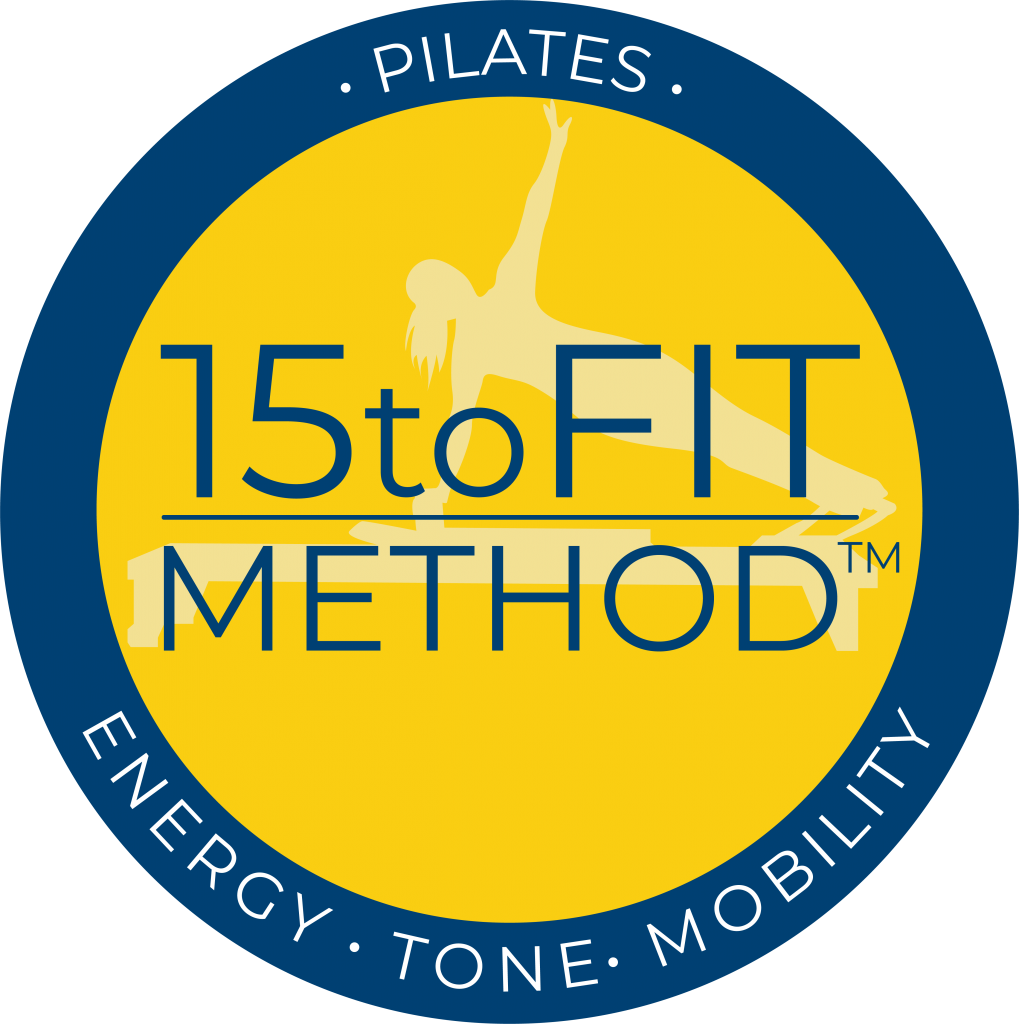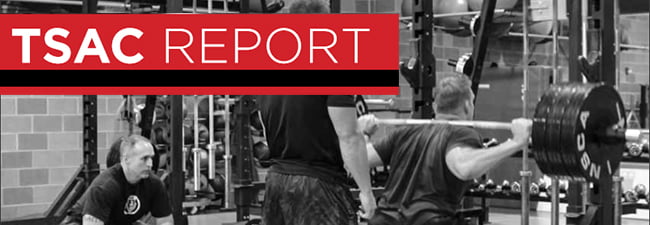by NSCA Tactical Strength and Conditioning (TSAC) Report and Trisha Stavinoha MS, RD, CSSD, CSCS
Nutrition plays an important role in the injury prevention and treatment of tactical professionals. Nutritional goals for healthy connective tissue are twofold: increase collagen content in connective tissues susceptible to injury and prevent a decline in collagen content to help mitigate injury and facilitate recovery.
Nutrition plays an important role in the injury prevention and treatment of tactical professionals. Sprains and strains to soft tissue are some of the most common injuries in sport and account for up to 70% of time away from sports (1,2). Soft tissues are made of collagen, which is the primary component in human connective tissues and is the most abundant protein among all animals (6,7,8). There are 16 different types of collagen (most of which being types I, II, and III), which includes skin, tendon, bone, teeth, ligaments, cartilage, blood vessels, and muscle (6). Decreased collagen causes connective tissue to become stiff and can result in injury to tendons, ligaments, and the like (2). For a visual reference, decreased collagen in the skin results in wrinkles, which is probably why many collagen supplements are targeted towards skin health. Nutritional goals for healthy connective tissue are twofold: increase collagen content in connective tissues susceptible to injury and prevent a decline in collagen content to help mitigate injury and facilitate recovery.
What Decreases Collagen?
Collagen production will naturally decline with age (7). Women experience changes in connective tissue stiffness concurrent with the menstrual cycle, which can increase the risk of injury (1). Additionally, postmenopausal women may experience reduced collagen synthesis (7). Ultraviolet sunrays (natural or tanning beds) and tobacco smoke are environmental factors that can also decrease collagen production (7). A diet high in simple sugars from sodas, energy drinks, candies pastries, and fruit drinks may also decrease collagen by forming molecules that damage the proteins that make collagen, resulting in dry, brittle, and weak connective tissues (7).
What Increases Collagen?
Precise exercise and training to target weak areas are tactical professionals’ primary method to improve connective tissue health (1,8). There are nutrition interventions that may compliment this training. The most common nutritional intervention used to improve connective tissue health is leucine-rich whey protein (1). Leucine plays a role in the signaling pathway that stimulates muscle growth. Whey protein powder is the densest source of leucine containing three grams per average scoop; alternatively, four ounces of chicken, one cup of cottage cheese, or four eggs will provide 2 – 3 g of leucine (9). Apart from leucine, proline, an amino acid found in collagen, can be found in eggs, meat, and cheese (7).
Fruits and vegetables are rich in nutrients that have a significant role in collagen health. One such nutrient is anthocyanidin, which is a flavonoid found in purple, blue, red, and orange colored fruits and vegetables, such as blueberries, eggplants, red cabbages, cherries, raspberries, and blackberries. Vitamin C functions as an anti-oxidant and a co-factor in enzyme reactions that facilitate connective tissue development; therefore, it has a role in building collagen in connective tissues and promoting healing of wounds and injuries (5). Vitamin C also plays an important role in aiding the absorption of collagen consumed in the diet.
The research regarding the role of nutritional interventions in improving connective tissue health is rather new, which is somewhat surprising considering the number of supplements claiming to improve collagen. Collagen is considered a resorbable nutrient, meaning it can be broken down from the bones or hide of cows and pigs, converted to a consumable form, and then absorbed into the human body (7). Collagen is rich in the amino acids lysine, proline, and glycine. Collagen is also rich in hydroxylysine and hydroxyproline, amino acids not found in other proteins (5). Very preliminary research on injured athletes has shown improvement in connective tissue health with the use of 10 – 15 g exogenous collagen consumed with 50 mg of vitamin C (collagen absorption is aided with vitamin C intake) (1,2,8). Nutrient delivery to tendons is higher before exercise due to blood flow and subsequent nutrient delivery; thus, a collagen supplement should be consumed 60 min before a connective tissue health session or an exercise designed to condition an area prone to injury (1).
Sources of Collagen
Gelatin is a purified collagen protein source formed by hydrolysis of collagen obtained from the bones and hides of pigs and cows. The primary difference in gelatin and collagen is how they are processed, with minimal difference in amino acid profile to include between sourced animal species (4). Collagen hydrolysate, the form found in supplements, can be easily mixed with hot or cold water and is also easier to digest than gelatin. Gelatin is only hot water soluble and is used to make a gel in foods and desserts. Gelatin supplements in the form of capsules contain 650 mg per pill; a tactical professional would need eight capsules to get just five grams, which is not a practical source. Most boxed gelatin dessert mixes contain one gram of gelatin per 0.5 cup, so one would have to consume 2.5 cups to get five grams of gelatin, which again, is not a practical source. Pre-made “gels” contain no gelatin at all. Traditional boxed gelatin contains seven grams of gelatin per packet, which makes two cups of gelatin. There are collagen hydrolysate powders available that contain 10 – 20 g per scoop. These can be mixed into smoothies or used to fortify gelatin.
Bone broth is also another recently popularized source of amino acids and collagen. Supplements are sold as a powder or capsule containing dehydrated broth from chicken bones. Chicken bones are high in collagen, proline, and glycine. According to Consumerlab.com, an excellent source for reviewing supplements, few bone broth supplements list the amino acid or collagen profile, leaving the consumer in the dark about the benefits of what they are consuming (3). Additionally, some bone broth can have higher than desirable amounts of lead. Often, but not always, the pill or capsule form of bone broth or collagen will contain other ingredients, such as ashwagandha, Fo-ti, or other herbals that do not have any credible benefit to collagen health.
With any dietary supplement, the most important safety consideration is to get a quality product with minimal unnecessary ingredients. Since gelatin comes from the skin and bones of bovine, there is a concern for diseased animal parts. Considering this concern, no contamination of this kind is known have been reported. Consumerlab.com will be testing bone protein and bone broth supplements in the future and this will be an excellent resource in aiding in the selection of a credible product (3).
In summary, tactical professionals aiming to maintain or improve collagen health to treat or prevent injury should start with things that are known to impact collagen. Participation in strength and conditioning programs that strengthen weak areas is recommended. Limiting the intake of simple sugar from soda, candy, energy drinks, etc. is likewise recommended. Tactical professionals should also avoid tobacco products from all sources. Tactical professionals should aim to consume leucine-rich protein sources and colorful fruits and vegetables, focusing specifically on the orange, red, and purple varieties.
References
1. Baar, K. Minimizing injury and maximizing return to play: Lessons from engineered ligaments. Sports Medicine 47(suppl 1): S5-S11, 2017.
2. Baar, K. Training and nutrition to prevent soft tissue injuries and accelerate return to play. Sport Science Exchange 28(142): 1-6, 2015.
3. Consumerlab.com: Protein powders, shakes, and drinks review. Retrieved November 1, 2017 from https://www.consumerlab.com/ reviews/Protein_Powders_Shakes_Drinks_Sports/NutritionDrinks.
4. Eastoe, J. The amino acid composition of mammalian collagen and gelatin. Biochemistry Journal 61(4): 589-600d, 1955.
5. Gropper, S, Smith, J, and Groff, J. Advanced Nutrition and Human Metabolism (4th ed.) Belmont, CA: Wadsworth; 173, 175, 264, 2005.
6. Lodish, H, Berk, A, Zipursky, SL, Matsudaira, P, Baltimore, D, and Darnell, J. Molecular Cell Biology (4th ed). New York: W. H. Freeman; Section 22.3, 2000.
7. McIntosh, J. What is collagen? What does collagen do? Medical News Today. Retrieved June 16, 2017 from http://www. medicalnewstoday.com/articles/262881.php.
8. Shaw, G. Vitamin C-enriched gelatin supplementation before intermittent activity augments collagen synthesis. American Journal of Clinical Nutrition 105:136-143, 2017.
9. USDA Food Composition Database. Retrieved 2017 from https://ndb.nal.usda.gov.






